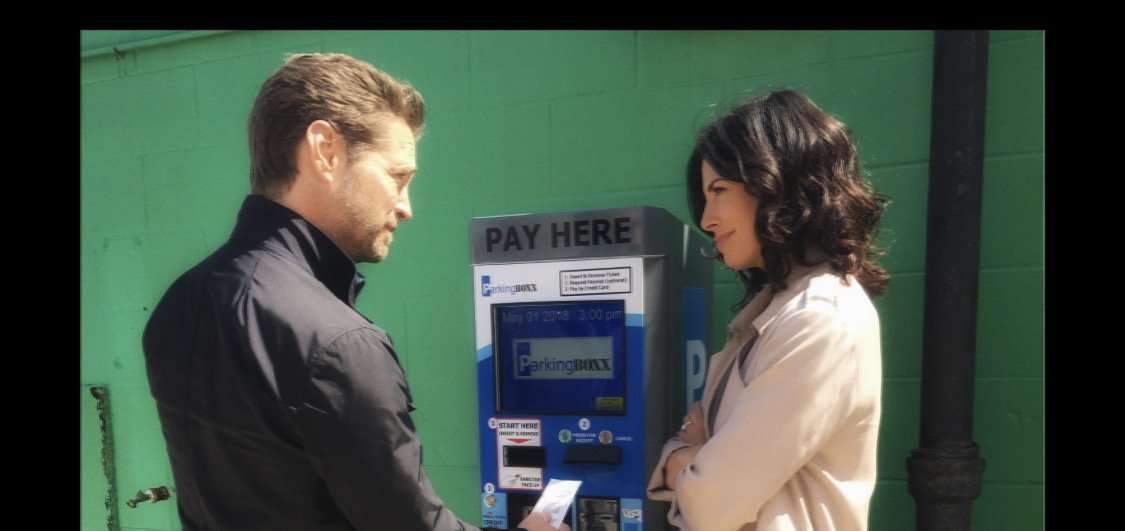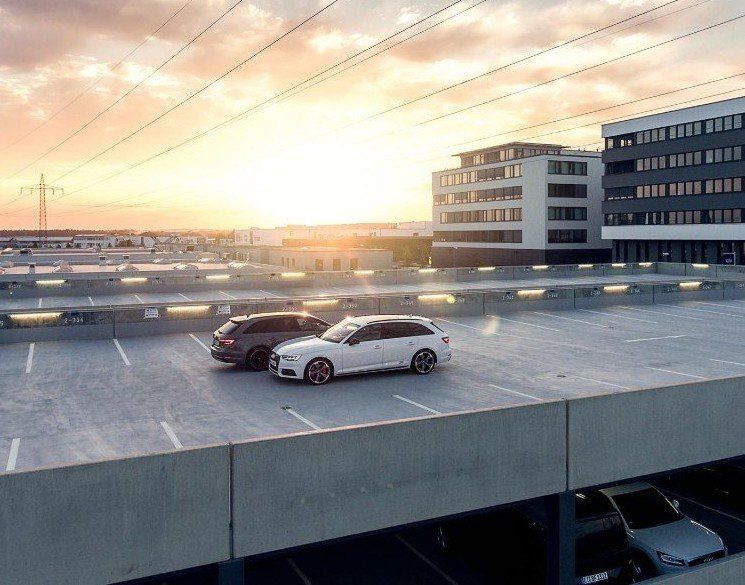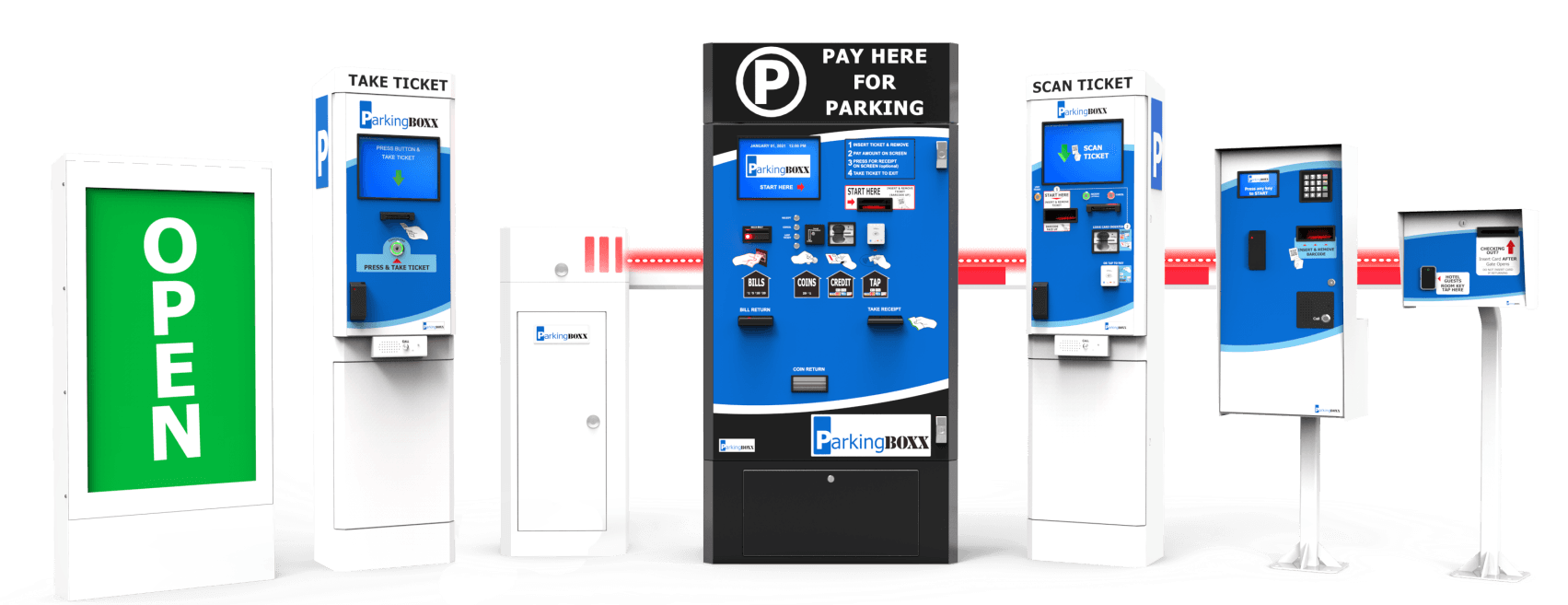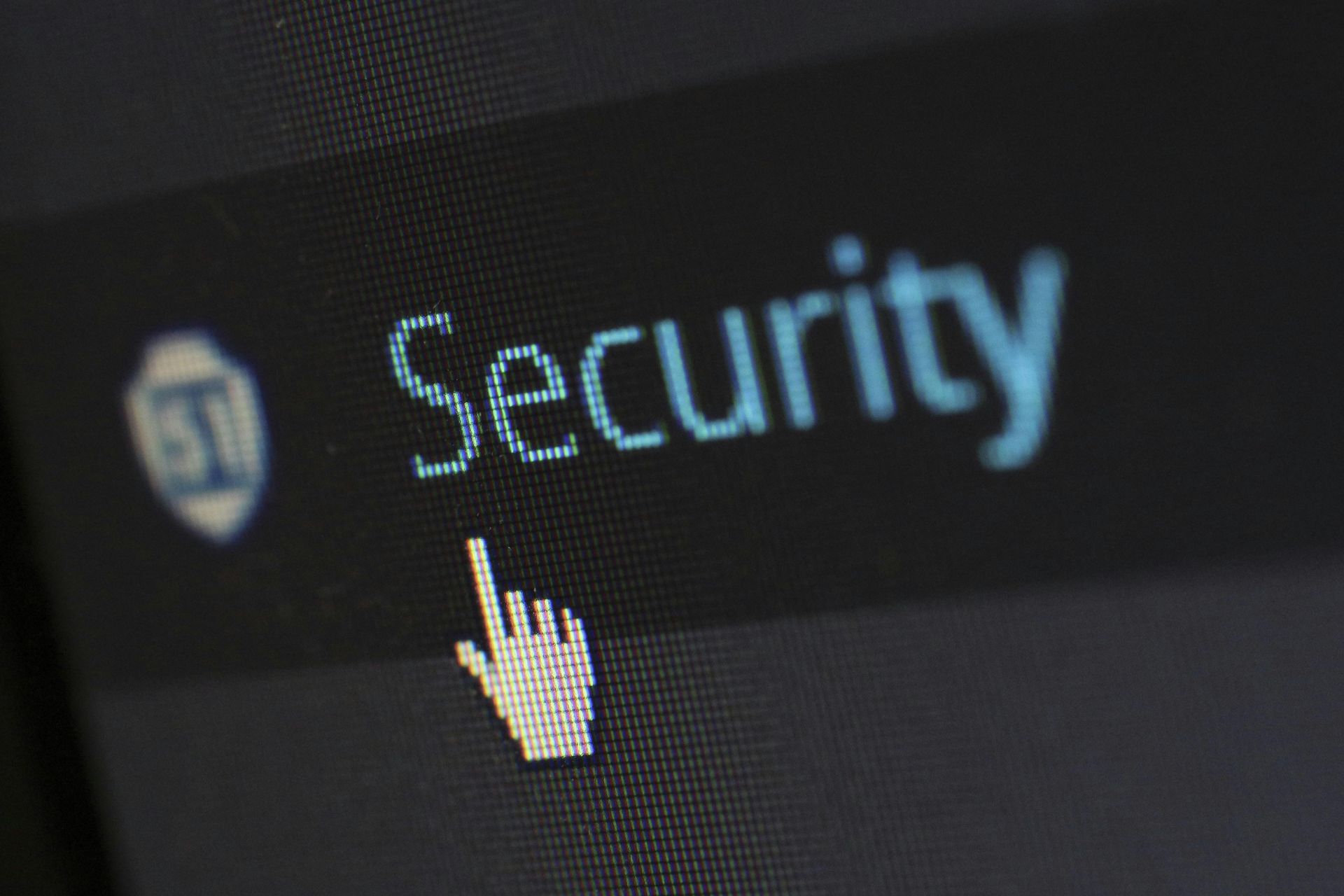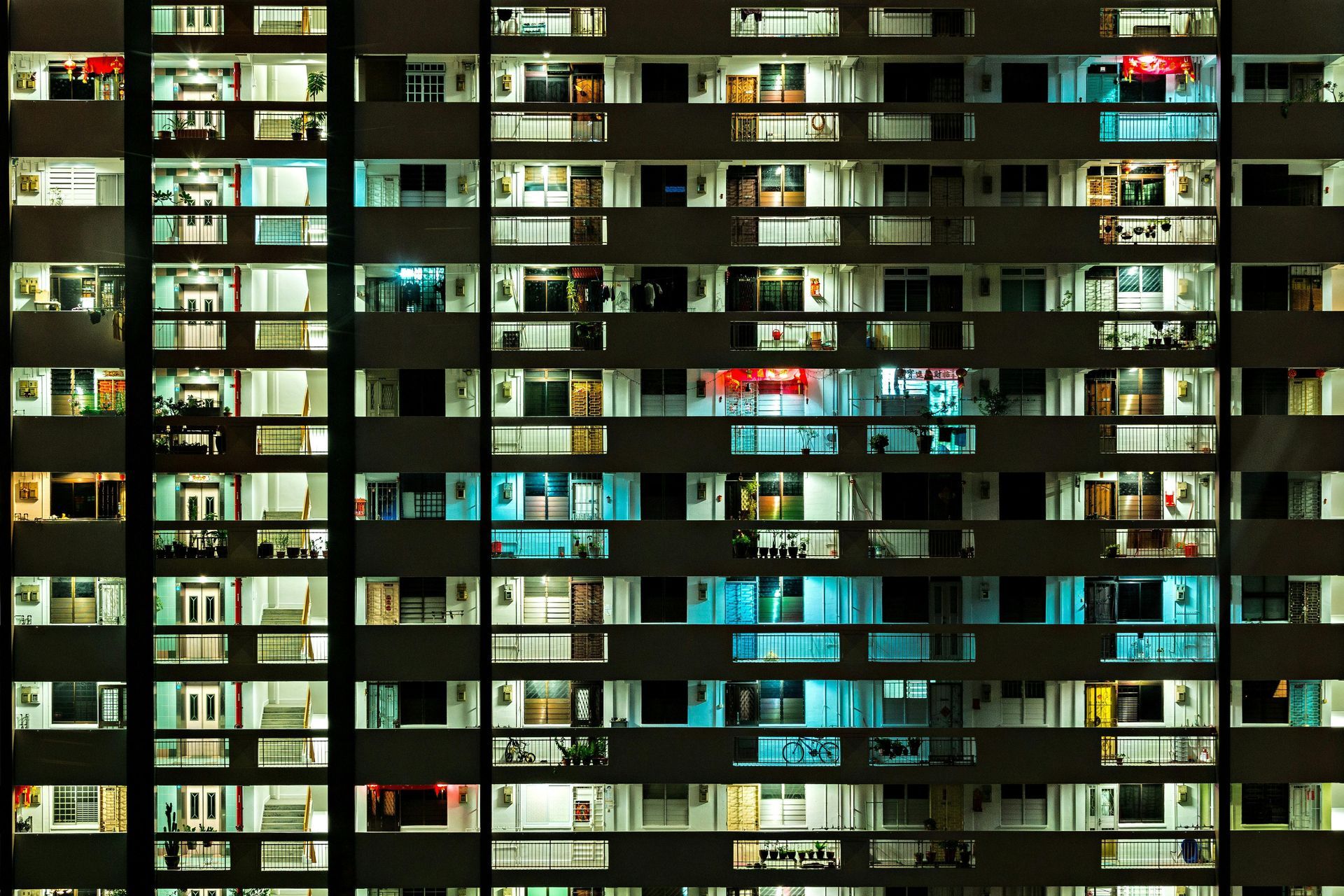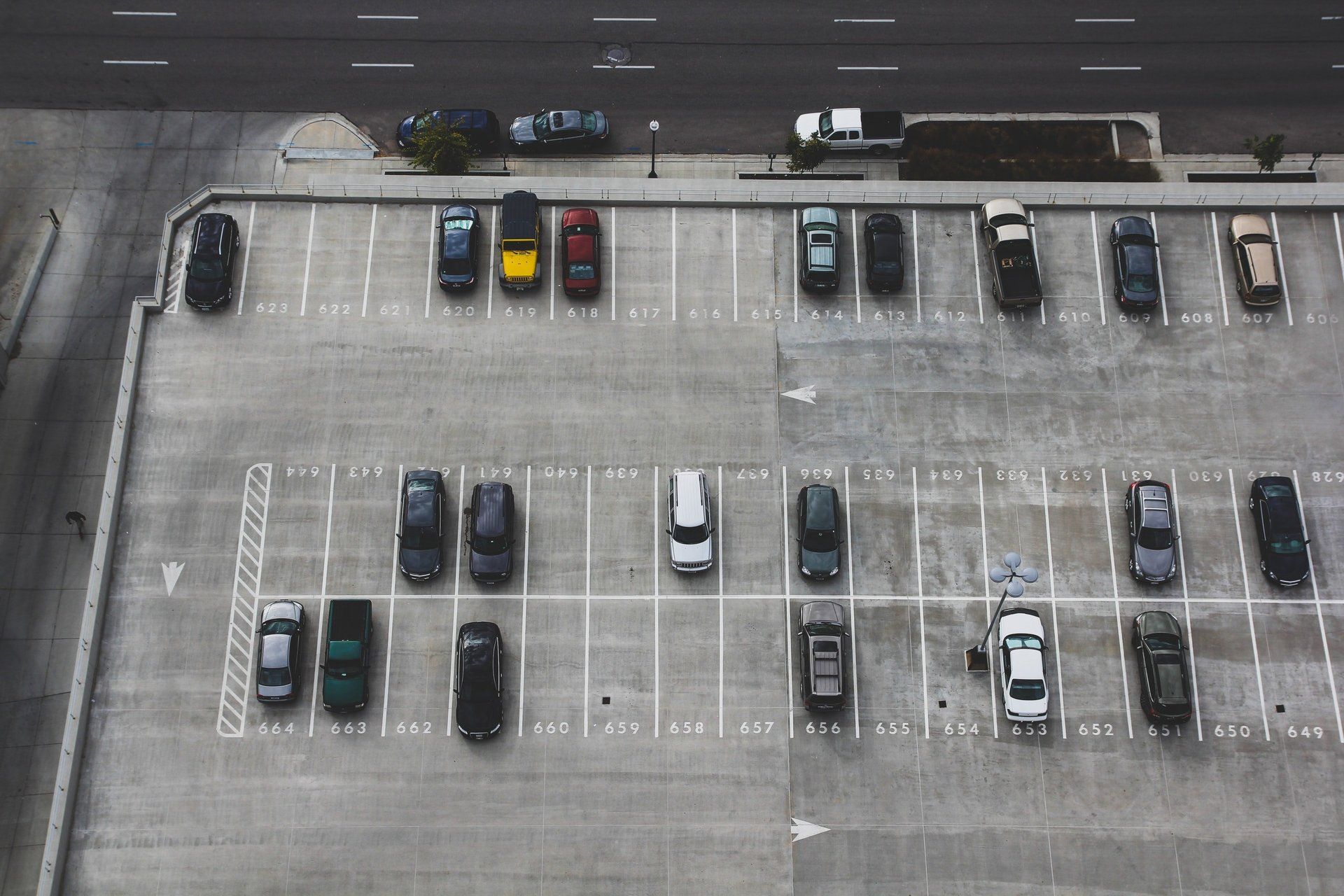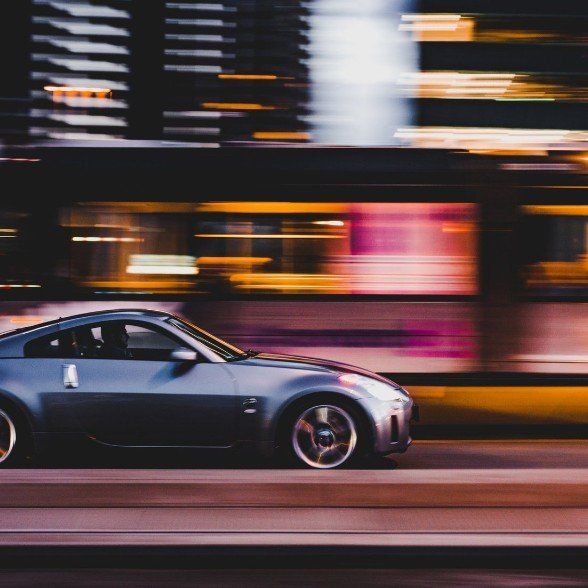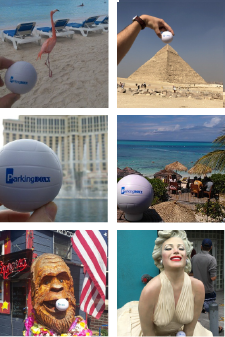AI LPR Cameras & Parking Systems
Revolutionizing Parking Management with Parking BOXX’s On-Prem AI: License Plate Recognition

Parking BOXX, a trusted name in parking management with over 85 years of experience, offers advanced, privacy-preserving solutions. By integrating AI-powered cameras for on-premises License Plate Recognition (LPR), Parking BOXX offers a fully local, robust system that seamlessly connects with its barrier gates and controllers. This article explores the deployment of LPR, its practical applications, and the potential for privacy-first face recognition, all tailored to enhance efficiency and security for Parking BOXX customers.
Applications for Parking BOXX Customers
Parking BOXX’s LPR integration offers versatile, customer-focused applications:
- Hands-Free Gate Entry: Gates automatically open for allow-listed plates, streamlining access for employees, residents, or VIPs.
- Hands-Free Ticketed Exit: for payment made online or at a walk-up payment kiosk
- Investigations and Alerts: Operators can search footage by plate, with real-time notifications or webhooks triggered for matches against allow/deny lists, enabling proactive security measures like flagging unauthorized vehicles.
These features, powered by the CloudEASE software, provide real-time analytics on space availability and usage, reducing wait times and operational costs.
AI-Powered License Plate Recognition: Precision Deployment
Parking BOXX’s LPR system leverages high-resolution AI cameras for real-time license plate capture and recognition, enabling hands-free gate entry, credential-less door access, and robust investigations. The system’s success hinges on precise deployment strategies:
- Placement: Cameras are mounted 0.8-1.2 meters (2.5-4 feet) above the license plate’s vertical centerline to avoid steep vertical or horizontal angles, ensuring clear captures without distortion.
- Distance: Plates are framed to occupy 15-25% of the image width at the read zone, with a 3× zoom to “tighten” the lane, optimizing recognition accuracy.
- Lighting: Infrared (IR) illumination is directed at the plate plane to counter headlight glare. Rear-plate capture is prioritized at night, especially for vehicles with tinted windshields, to maintain reliability.
- Lane Design: Each camera is dedicated to a single lane, with speed-calming measures like humps or stop bars to ensure vehicles slow down, enhancing capture reliability.
These parameters—combined with consistent illumination, clean plates, and appropriate shutter/IR exposure—ensure high accuracy. By limiting the capture zone to one lane and keeping plates centered with minimal skew, Parking BOXX’s LPR delivers dependable performance in diverse conditions, from busy airports to secure corporate campuses.
Privacy and Compliance: A Local-First Approach
Privacy is a cornerstone of Parking BOXX’s on-premises AI design. Unlike cloud-based systems, all LPR processing occurs locally on dedicated controllers, reducing latency, ensuring resilience during internet outages, and enhancing user privacy. No data is transmitted externally, aligning with regulations like GDPR and CCPA. Operators must verify local laws before enabling LPR or potential face recognition to ensure compliance, particularly in jurisdictions with strict surveillance rules.
The system supports encrypted communication between cameras, gates, and the CloudEASE Parking Management software. This setup secures sensitive data, such as plate information on the secure CloudEASE Management Platform. For customers, this means a privacy-preserving solution that doesn’t sacrifice functionality.
Exploring Face Recognition: A Privacy-Preserving Future
While Parking BOXX’s current systems focus on LPR, their modular architecture—already integrating AI cameras with gates and controllers—sets the stage for face recognition. This could enable multi-modal authentication, such as validating drivers for VIP access or detecting unauthorized users. To maintain their privacy-first ethos, face recognition must remain fully local. Several approaches could achieve this:
- Homomorphic Encryption: Algorithms like HE_FaceNet process encrypted facial data locally, ensuring no raw images are exposed. This could integrate with EASE to trigger gate operations for recognized users.
- Differential Privacy: Adding noise to facial datasets prevents individual identification, aligning with LPR’s anonymization capabilities. Bayesian GANs could generate privacy-protected tags for secure matching.
- Randomized Feature Extraction: Techniques like random channel shuffling create anonymized facial representations, processed entirely on-prem to maintain low latency and high security.
These methods would leverage existing hardware, with API updates enabling cameras to handle both LPR and face recognition. For example, a recognized face could validate entry alongside a plate, providing redundancy for obscured plates. However, ethical considerations—such as consent and bias mitigation—must guide implementation.
Conclusion: Driving Smarter, Safer Parking
Parking BOXX’s on-prem LPR, with its precise deployment and privacy-focused design, sets a new standard for parking management. By integrating AI cameras with gates and controllers, it delivers seamless, secure operations for diverse facilities. Exploring local face recognition could further enhance functionality, offering multi-modal access control while upholding stringent privacy standards. With its proven expertise and adaptable EASE platform, Parking BOXX is well-positioned to lead the future of smart, privacy-preserving parking solutions.
